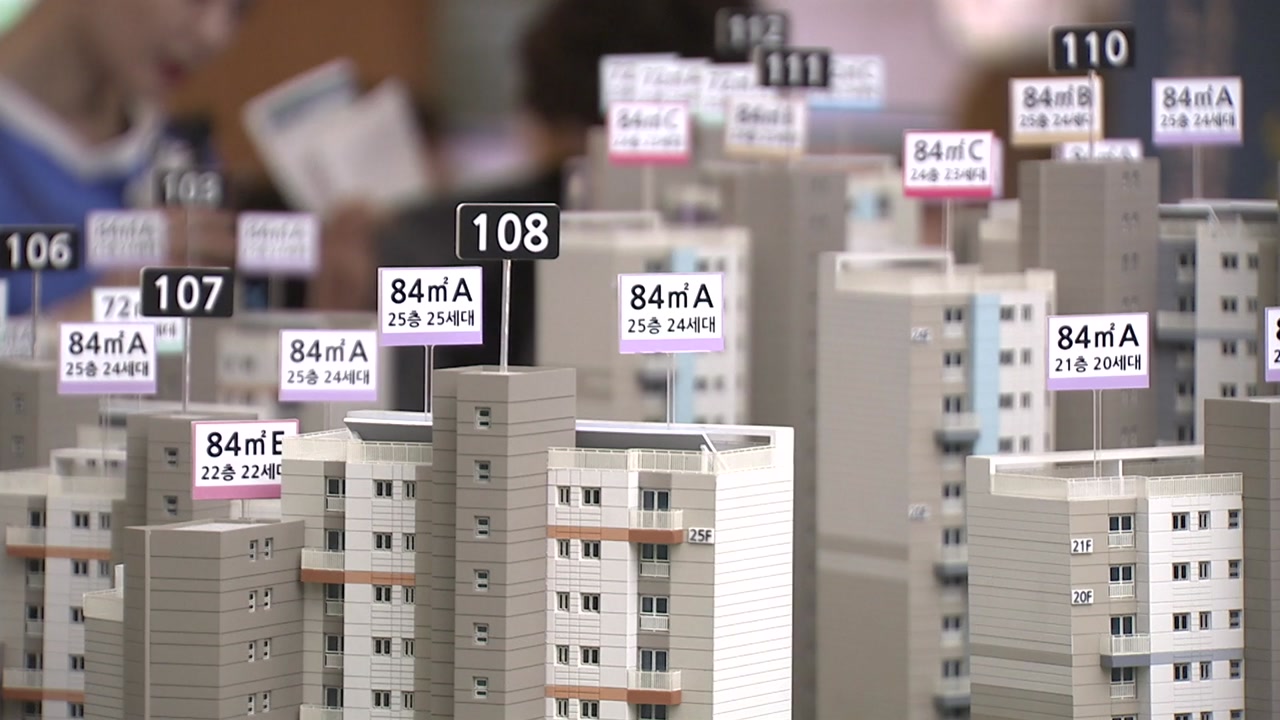- [단독] 밀폐용기 '코멕스' 대표 갑자기 잠적... 어음부도, 임금 체불 '일파만파'
- 20일 서울 금천구 가산디지털단지에 입주한 코멕스산업 본사는 평일 업무시간임에도 문을 굳게 닫아걸고 있었다. 창립 53주년을 맞은 이 회사는 밀폐용기 코멕스(KOMAX)로 널리 이름이 알려졌지만, 부도가 나 영업을
![Record High Corporate Bankruptcies in Korea: A Sign of Things to Come? [ft. Apartment Transaction Cliff? or Supply Cliff?]](https://cdn.durumis.com/image/2b54ub7i-1idfe43gq?width=660)
.
A friend just sent me a news link a little while ago, and it turned out to be news about the CEO of Comex, a household goods company, who suddenly disappeared, leaving the company in a state of promissory note default and wage arrears.
Comex is a company I feel like I've heard of before, but I'm not sure. If you say it's a ‘company that makes airtight food containers’, many people would know the company.
Recently, even large conglomerates like Lotte Group have been facing rumors of liquidity crises, so it's not surprising to see such news coming from medium-sized or small and medium-sized enterprises.
I remember that Lotte Group's liquidity crisis rumors surfaced once around the first half of last year, and this is the second time. Whether it will end as just a rumor remains to be seen.
Even Samsung Electronics, a leading domestic company that I've been watching closely until recently, has started to deviate from its long-term trend, so it goes without saying for smaller or smaller companies.
![Record High Corporate Bankruptcies in Korea: A Sign of Things to Come? [ft. Apartment Transaction Cliff? or Supply Cliff?]](https://cdn.durumis.com/image/o5ierm6m-1idfe5c0d?width=660)
Samsung Electronics Stock Monthly Chart
This trend of small and medium-sized enterprises facing difficulties can be roughly seen in the monthly chart of the KOSDAQ small-cap index below.
While Samsung Electronics has also deviated from its long-term trend, it feels like there's something empty below it. If there's only a short-term rebound at an ambiguous level until the end of the year and the beginning of the next, confirming the existing trend line as resistance and then falling again, it could lead to a rather gloomy picture, especially for small-cap indexes and similarly sized SMEs next year.
![Record High Corporate Bankruptcies in Korea: A Sign of Things to Come? [ft. Apartment Transaction Cliff? or Supply Cliff?]](https://cdn.durumis.com/image/ll6vn1mp-1idfe6ao6?width=660)
KOSDAQ Small-Cap Index Monthly Chart
Until recently, news about the worst-ever perceived economic conditions among small and self-employed businesses in Korea was prevalent, but now the focus seems to be shifting to slightly larger SMEs.
Weekend news reports stated that corporate bankruptcies in Korea have hit a record high. It seems that the downturn, which used to be mainly among small and self-employed businesses in my neighborhood, is now spreading to SMEs.
Normally, when such news appears in Korea, it should be around the time when the global economy has already entered the mid-to-late stages of a recession.
However, Europe seems to be only in the early stages of a recession, and the US is still far from a recession. However, even in the US, due to severe polarization, average economic indicators are holding up well, but it seems that it is gradually approaching a recession.
In the late 1990s, East Asia fell into a series of currency crises, leading to a severe short-term recession, but the US and European economies were doing well at the time, so export-oriented countries like Korea quickly recovered thanks to strong exports.
However, this time, things are different. Countries with high export ratios and weak economic strength due to asset (real estate) bubbles, such as China and Korea, are being drawn into recession one by one. (The order is similar to the stock market trend.)
Looking only at domestic conditions, such as the record high number of domestic corporate bankruptcies, it seems like we are in the latter half of a recession, but looking at the global situation, it is likely that Korea is still in the early stages of a recession. Therefore, based on various signs, I have repeatedly stated that this is likely to be a severe recession (=depression), rather than a cyclical recession.
Meanwhile, some media outlets are still playing down the situation with headlines like ‘apartment supply cliff next year.’ It seems we are entering a period where we should absolutely avoid getting stuck for the next few years, yet the domestic media continues with this classic? downplaying.
As time goes by, and news of the US falling into recession emerges, unemployment will gradually increase, and the number of apartments that have to be sold off due to circumstances will begin to increase. It is more likely that we will have to look at the properties released from existing houses rather than the supply problem due to new construction.
Instead of a supply cliff, as the headline suggests, it is time to worry about a trading cliff. And if we fall into a trading cliff this time, it may be difficult to get out of it as easily as in 2022. (From 2022 to the first half of this year, those who wanted to sell have done so, and it doesn't seem that the government will make an effort to revive the market through excessive lending again.)
Considering the typical style of domestic construction companies, if they thought the real estate outlook next year would be good and business would be booming, they would have already increased the supply for next year by any means necessary.
![[단독] 밀폐용기 '코멕스' 대표 갑자기 잠적... 어음부도, 임금 체불 '일파만파'](https://imgnews.pstatic.net/image/469/2024/11/20/0000834332_001_20241121061325339.jpg?type=w800?width=140&height=140)

Comments0